Train travel retains a certain nostalgic charm that other modes of transportation simply can’t match. The rhythmic clicking of wheels on tracks, panoramic windows framing ever-changing landscapes, and the comfortable pace that allows travelers to absorb their surroundings truly make rail journeys special.
However, not all train experiences deliver equal value – some offer breathtaking vistas worth every penny, while others leave passengers questioning their ticket purchase. Here is a list of 20 contrasting train journeys, comparing the world’s most spectacular rail experiences with those that often fail to live up to their hefty price tags or glossy marketing materials.
Glacier Express (Switzerland) vs. Venice Simplon-Orient-Express (Europe)
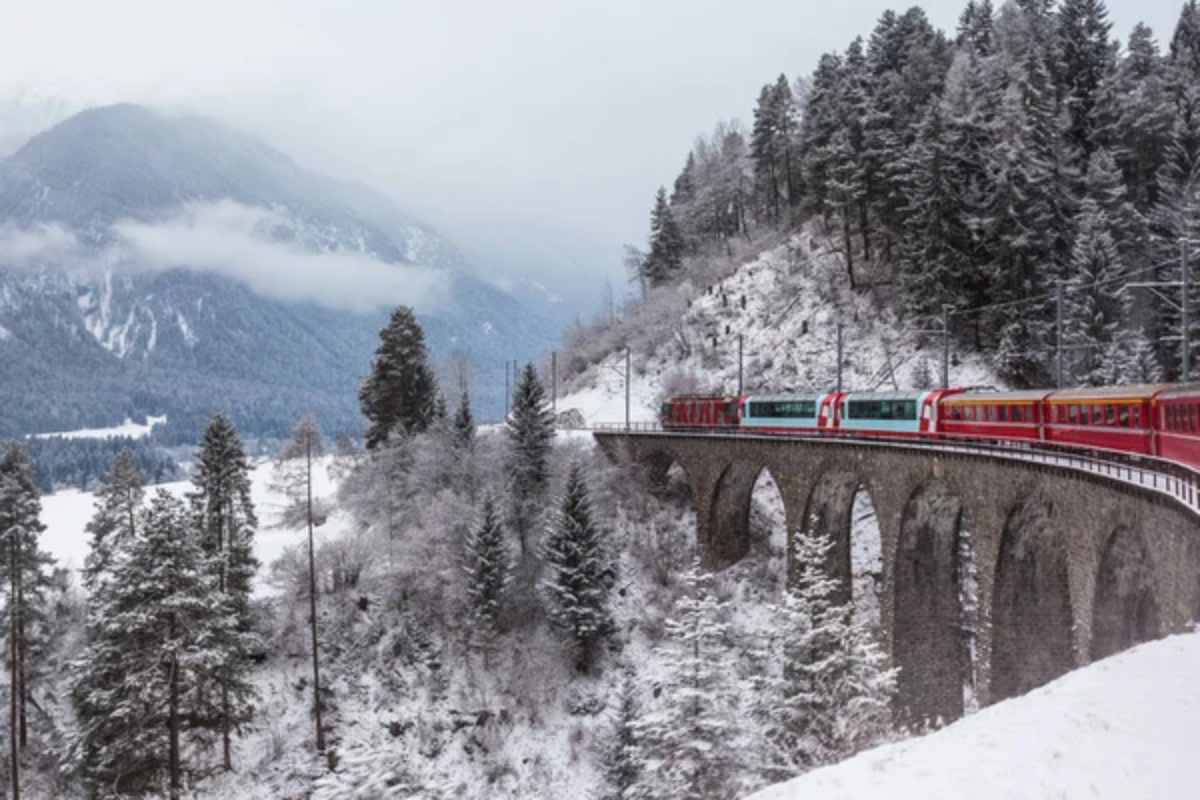
The Glacier Express winds through Switzerland’s Alps with massive panoramic windows showcasing breathtaking mountain scenery, glaciers, and picturesque villages for a reasonable $150-300 fare. Meanwhile, the Venice Simplon-Orient-Express charges upwards of $3,000 for a one-night journey, where passengers spend much of the prime scenic daytime hours at station stops, with actual dramatic landscapes often passing by during dinner or overnight.
Switzerland’s marvel delivers non-stop visual splendor, while the famous Orient Express relies heavily on its historical reputation and interior luxury rather than consistent scenic payoff.
Flåm Railway (Norway) vs. Royal Scotsman (Scotland)

Norway’s Flåm Railway climbs dramatically through verdant valleys past thundering waterfalls and snow-capped peaks, completing its spectacular journey in just an hour for about $60. The Royal Scotsman charges nearly $1,000 per person daily for views that – while pleasant enough – primarily feature gentle rolling hills and occasional castle glimpses that could easily be seen via regular Scottish rail service at a fraction of the cost.
The Norwegian route packs more dramatic scenery into 60 minutes than some luxury trains offer in days.
Like Travel Pug’s content? Follow us on MSN.
Bernina Express (Switzerland/Italy) vs. Maharajas’ Express (India)
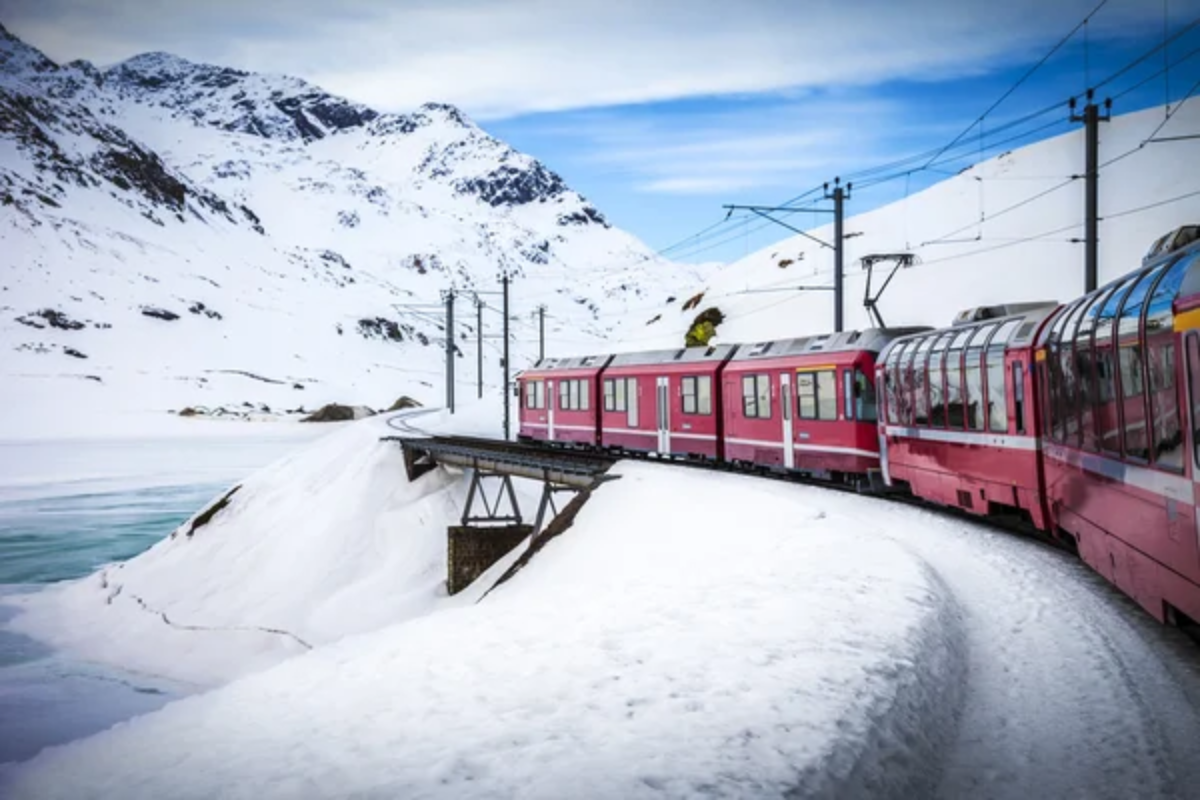
The Bernina Express crosses 196 bridges and 55 tunnels while scaling the Alps between Switzerland and Italy, offering year-round glacier views and palm tree vistas on the same journey for approximately $70. India’s Maharajas’ Express commands $6,000+ per person for week-long journeys where passengers often find themselves traversing mundane stretches of countryside or industrial zones between brief visits to attractions that aren’t actually visible from the train.
The Swiss-Italian crossing delivers consistent scenic wonder while the Indian luxury train sells an experience where the best sights require disembarking.
Kuranda Scenic Railway (Australia) vs. Blue Train (South Africa)
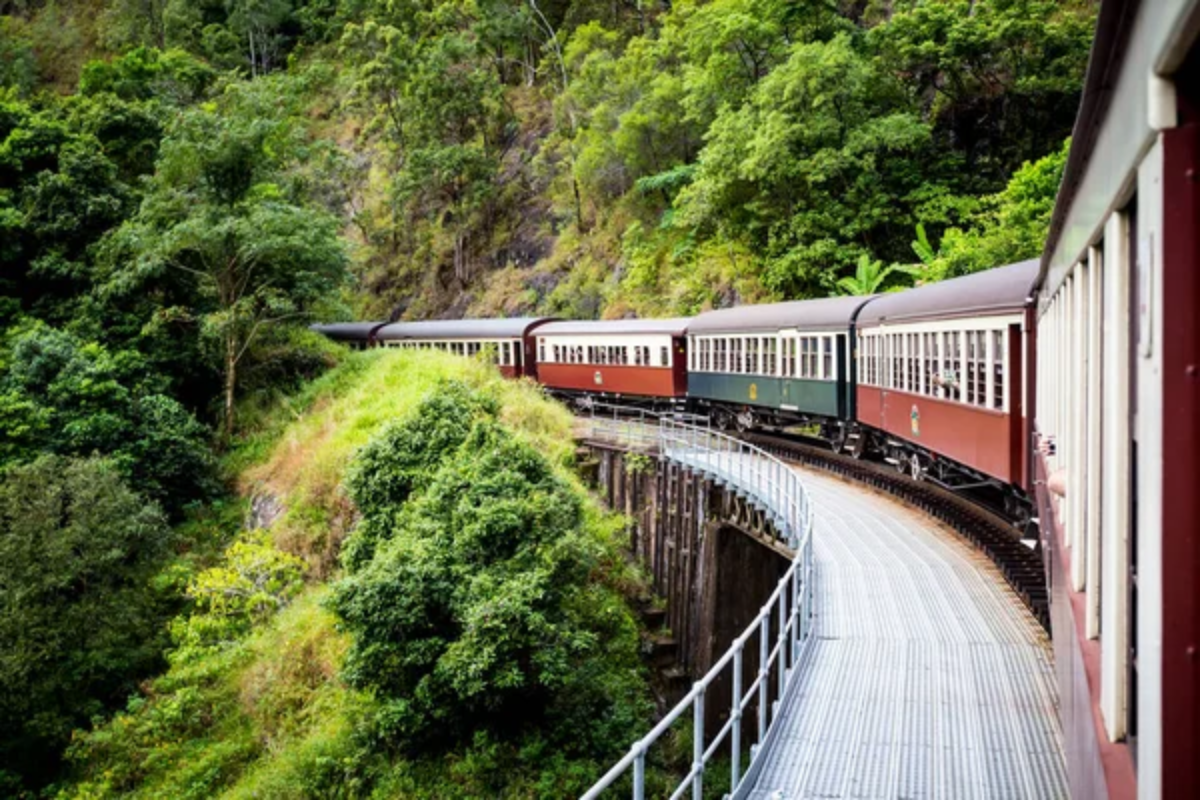
Australia’s Kuranda railway curves through the World Heritage rainforest alongside dramatic waterfalls and deep gorges, with tickets running $50-75 for uninterrupted tropical splendor. South Africa’s Blue Train charges nearly $1,500 per person for a one-night journey where the much-advertised wildlife sightings are rare and brief, with large portions of the route passing through unremarkable terrain despite the premium pricing.
The Australian journey delivers consistent natural wonders, while the South African luxury train can’t guarantee its wildlife promise.
Rocky Mountaineer (Canada) vs. Eastern & Oriental Express (Southeast Asia)
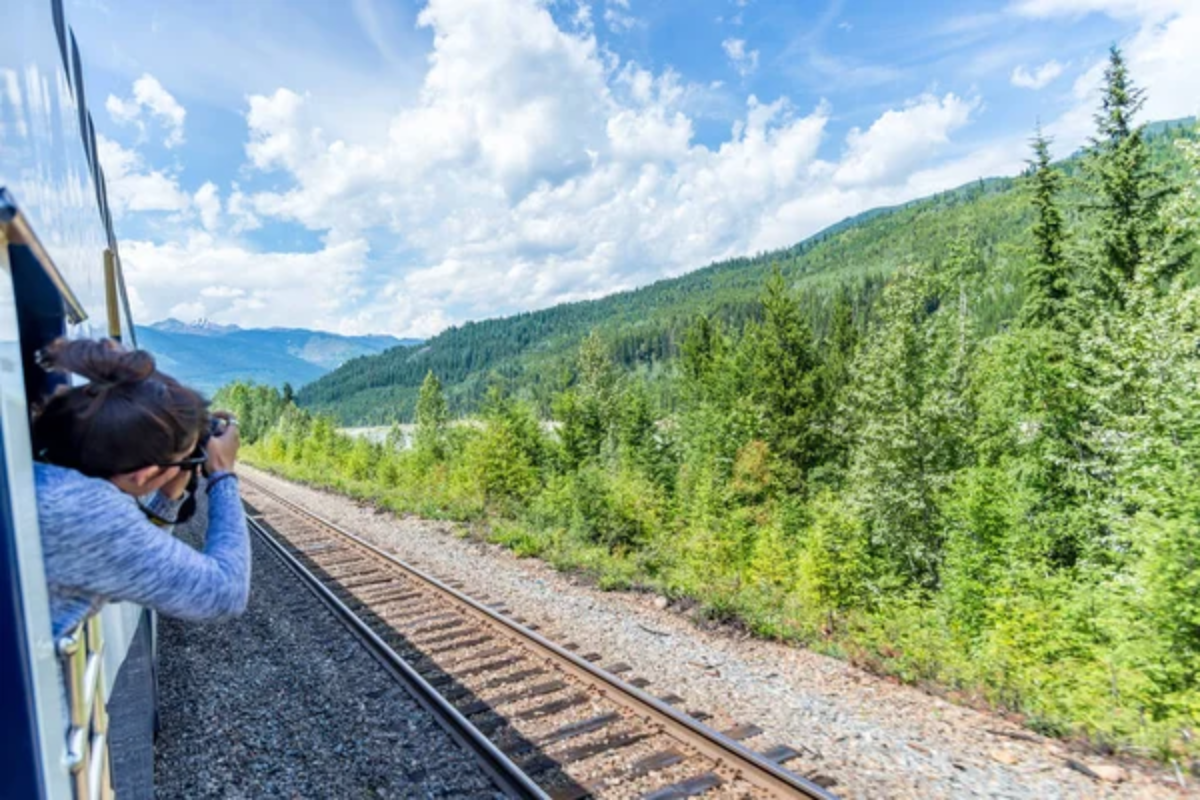
The Rocky Mountaineer glides through the Canadian Rockies with glass-domed carriages, providing unobstructed views of turquoise lakes, towering mountains, and possible wildlife sightings throughout the journey. The Eastern & Oriental Express between Bangkok and Singapore charges premium rates for a route that frequently passes through palm oil plantations, industrial zones, and urban sprawl, with the truly scenic stretches lasting only a few hours of the multi-day journey.
Canada’s premier train consistently delivers its scenic promise, while the Southeast Asian luxury option suffers from development along much of its route.
Like Travel Pug’s content? Follow us on MSN.
Jacobite Steam Train (Scotland) vs. Belmond Andean Explorer (Peru)
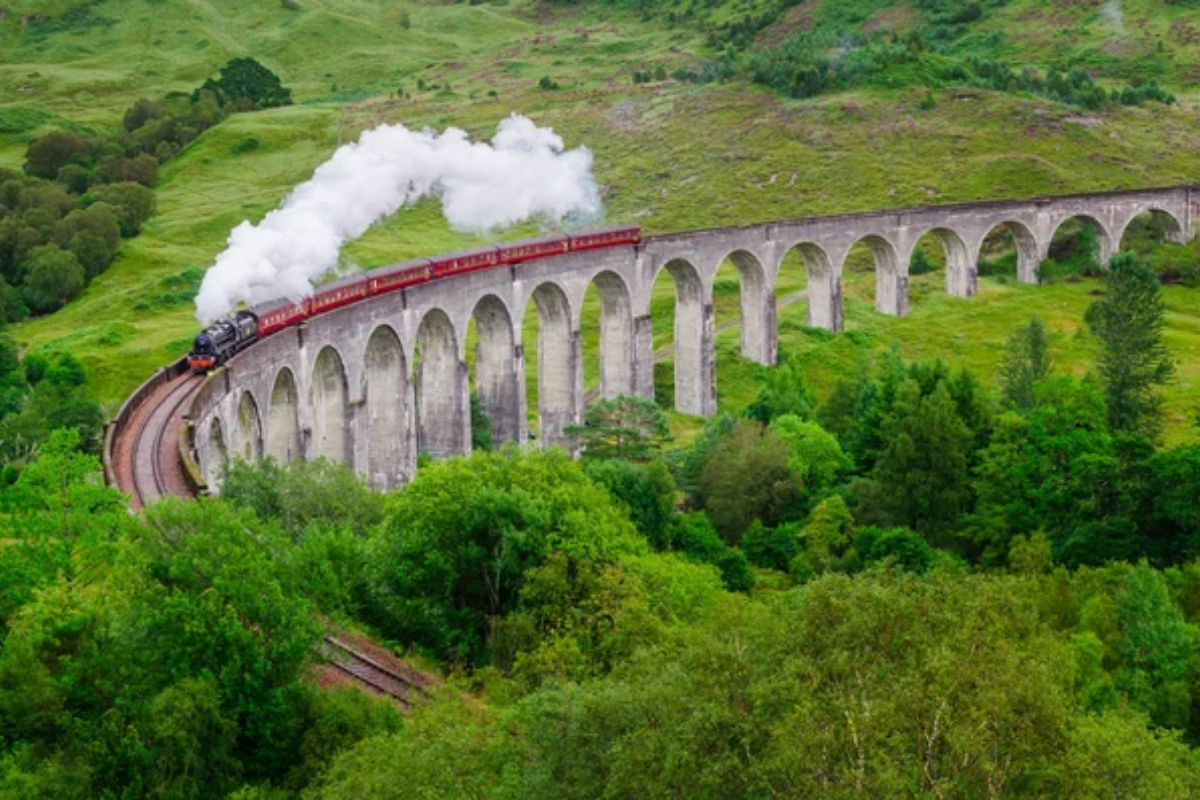
Scotland’s Jacobite Steam Train – famously featured in Harry Potter films – crosses the spectacular Glenfinnan Viaduct and hugs dramatic coastlines for around $50 round-trip. The Belmond Andean Explorer charges upwards of $2,000 for Peruvian highland journeys. Passengers report spending considerable time at standstills or slow crawls due to track sharing with freight trains and missing sunset views over Lake Titicaca despite the premium price.
The Scottish journey delivers reliable Highland magic, while the Peruvian luxury train often faces operational realities that undermine its scenic potential.
Durango & Silverton Narrow Gauge (USA) vs. Pride of Africa (Southern Africa)
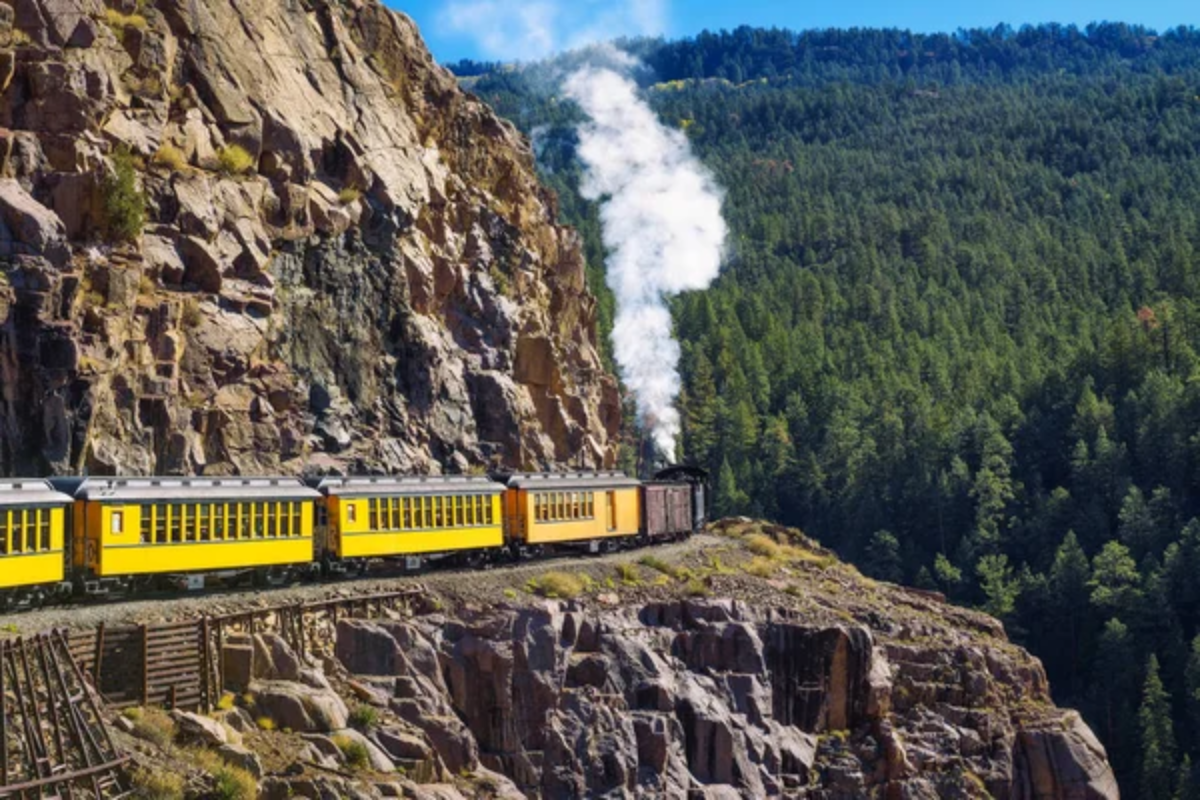
Colorado’s historic Durango-Silverton train follows the Animas River through stunning canyons that are inaccessible by road, offering consistent natural beauty for about $100. Rovos Rail’s Pride of Africa charges luxury prices exceeding $1,500 daily for journeys where passengers frequently encounter extended delays, schedule changes, and stretches of flat, featureless terrain between the truly spectacular sections in Tanzania and Zambia.
The American heritage railway delivers reliable canyon vistas while the African luxury experience suffers from infrastructure challenges beyond its control.
Alishan Forest Railway (Taiwan) vs. Golden Eagle Trans-Siberian (Russia)
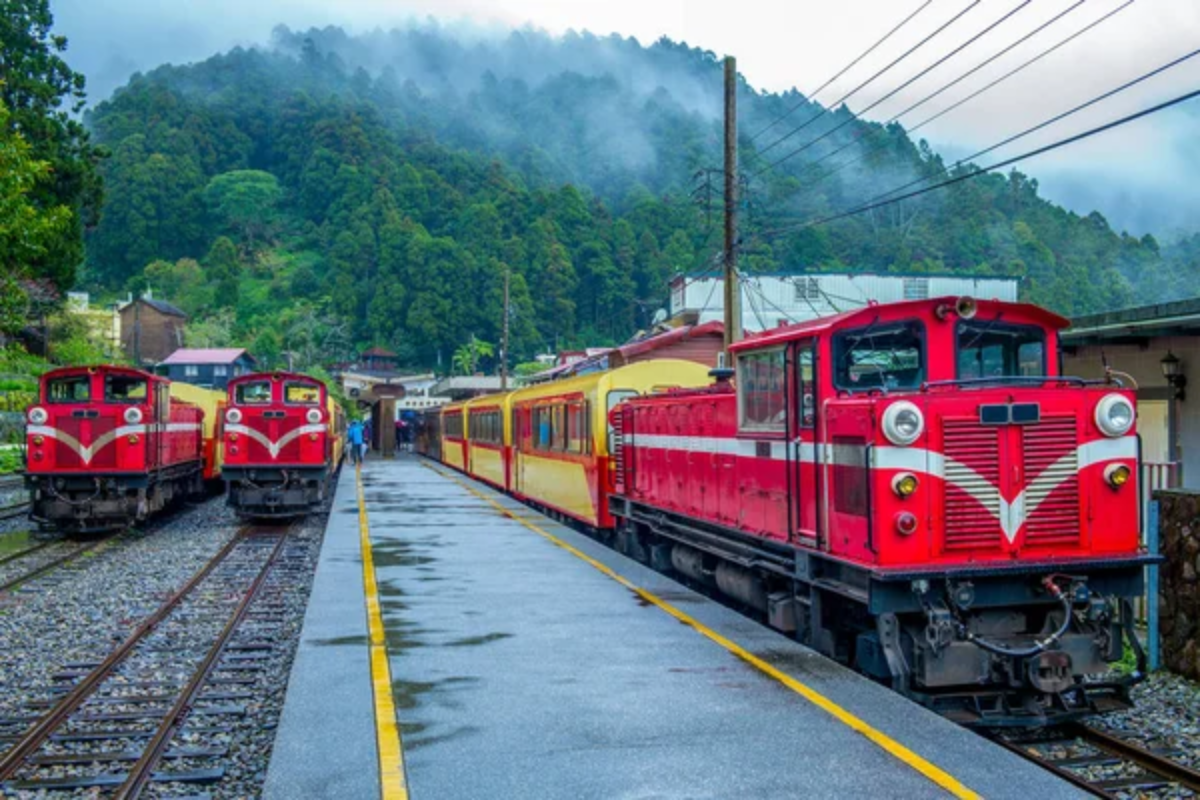
Taiwan’s Alishan railway climbs through misty forests, tea plantations, and bamboo groves with special sunrise departures to witness dawn above the clouds for under $50. The Golden Eagle Trans-Siberian Express charges $20,000+ for two-week journeys across Russia.
Passengers spend days crossing monotonous steppes with minimal variation, and the train’s luxury amenities essentially compensate for extended scenic monotony. The Taiwanese mountain route packs diverse ecosystems into a short journey, while the Russian luxury train spreads limited highlights across thousands of miles.
Like Travel Pug’s content? Follow us on MSN.
Coastal Pacific (New Zealand) vs. Grand Hibernian (Ireland)
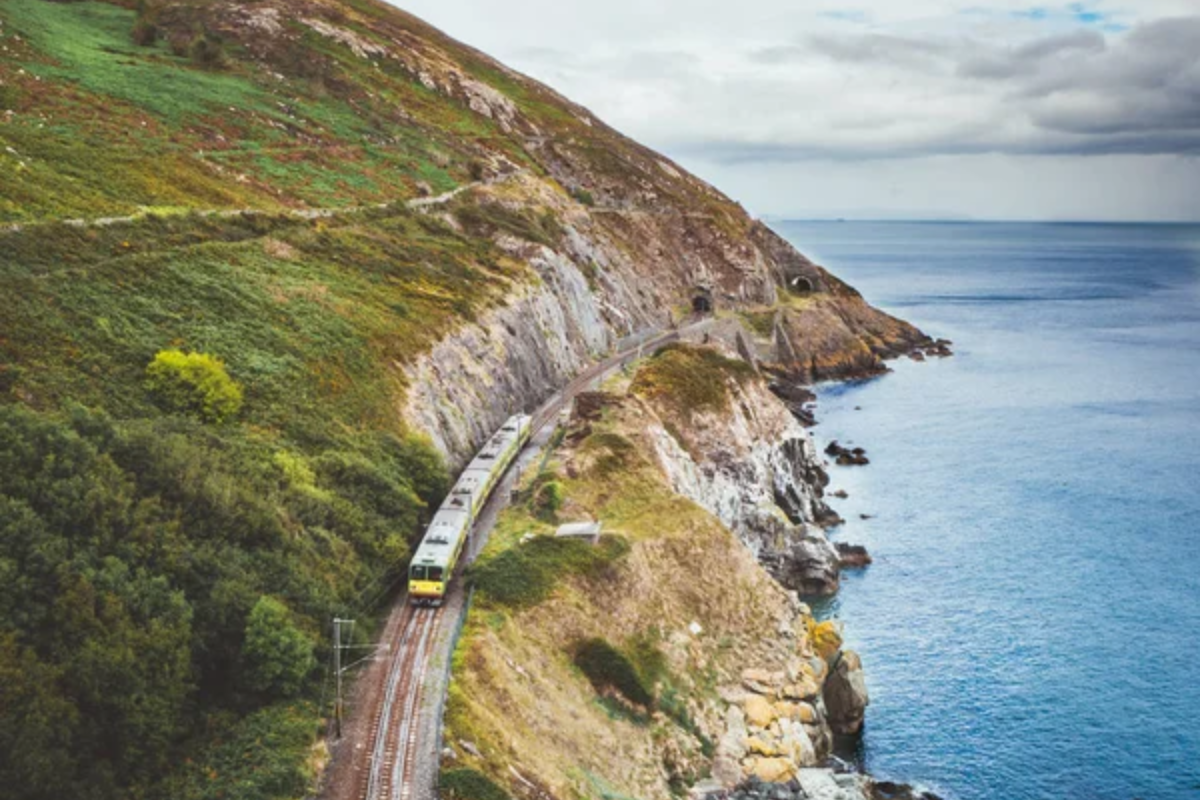
New Zealand’s Coastal Pacific hugs the Pacific Ocean with dramatic mountain-meets-sea landscapes for the entire journey between Christchurch and Picton, costing approximately $130. Belmond’s Grand Hibernian charged over $5,000 for three-night Irish journeys through pleasant but modest countryside lacking dramatic elevation changes or truly distinct landscapes, ultimately ceasing operations partially due to value perception issues.
The Kiwi coastal route delivers consistent oceanside drama while the Irish luxury train struggled to justify premium pricing for gentle pastoral scenes.
White Pass & Yukon Route (Alaska/Canada) vs. Al Andalus (Spain)

The White Pass & Yukon narrow-gauge railway climbs nearly 3,000 feet in 20 miles through breathtaking Arctic scenery, past glaciers and gorges for about $130 round-trip. Spain’s Al Andalus luxury train charges approximately $4,000 for Andalusian journeys, where trains often park overnight at stations, and daytime travel frequently passes through unremarkable agricultural areas between historic cities that aren’t visible from the tracks.
The Alaskan adventure delivers constant dramatic wilderness, while the Spanish luxury train primarily serves as rolling accommodation between tourist stops.
Semmering Railway (Austria) vs. Seven Stars in Kyushu (Japan)
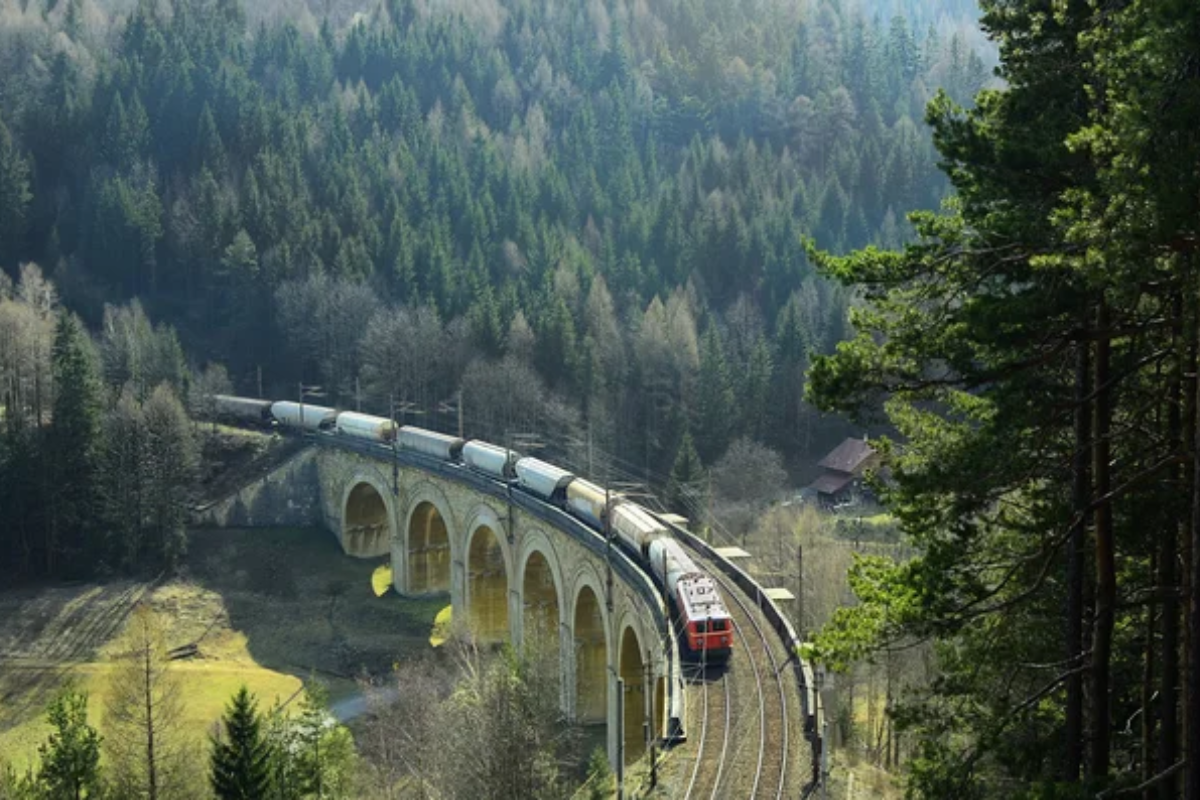
Austria’s historic Semmering Railway – a UNESCO World Heritage site – traverses 16 viaducts and 15 tunnels through stunning Alpine terrain on regular service trains costing under $30. Japan’s ultra-exclusive Seven Stars in Kyushu charges $8,000+ for multi-day journeys where some of the most scenic coastal stretches occur after dark and where the luxury train’s limited windows (designed for privacy rather than viewing) restrict the panoramic experience.
The Austrian engineering marvel delivers accessible Alpine beauty, while the Japanese luxury train prioritizes exclusivity over optimal scenic access.
Like Travel Pug’s content? Follow us on MSN.
Rauma Line (Norway) vs. Prestige Continental Classic (Europe)
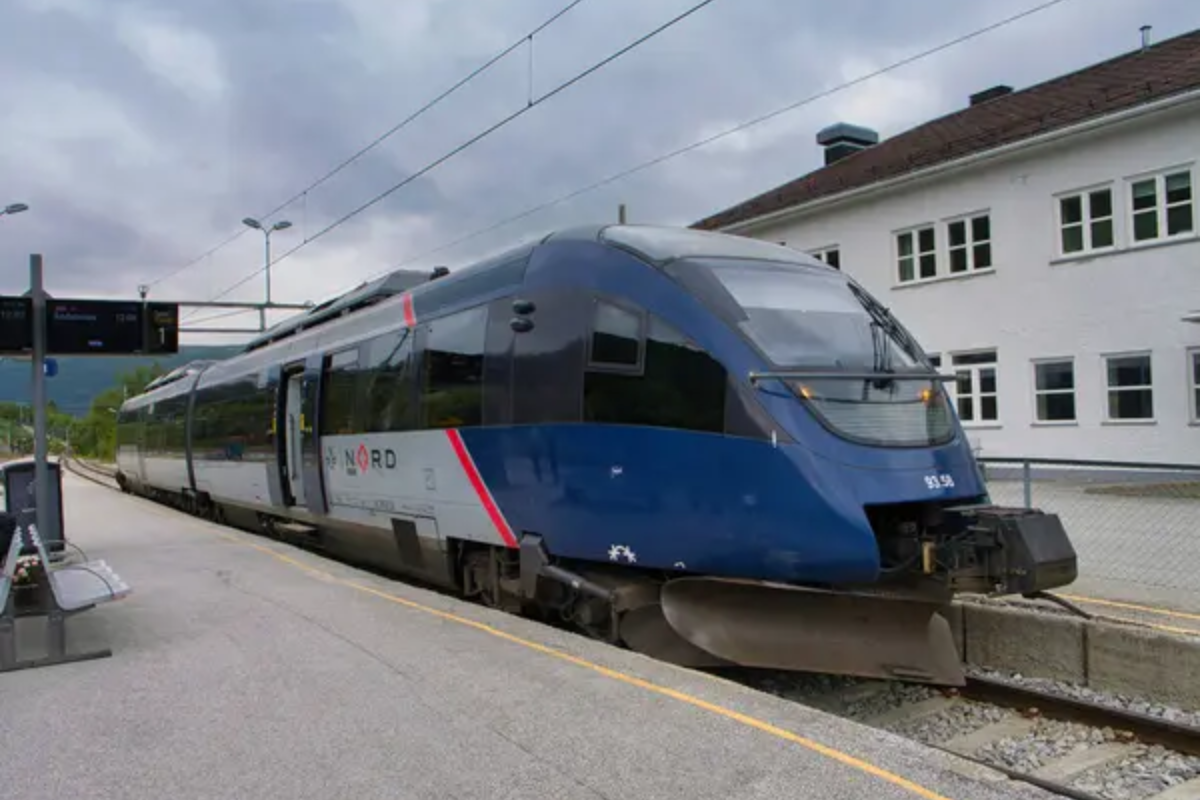
Norway’s Rauma Line passes the 3,000-foot Trollveggen cliff face and crosses the spectacularly arched Kylling Bridge above emerald waters for about $50. Various luxury charter trains using the ‘Prestige Continental Classic’ or similar names charge thousands for cross-Europe journeys that primarily traverse flat farmland, with major cities approaching through industrial outskirts rather than scenic highlights.
The Norwegian route delivers concentrated natural drama, while charter luxury trains often pad itineraries with prolonged ordinary stretches.
Inlandsbanan (Sweden) vs. Transcantábrico Gran Lujo (Spain)
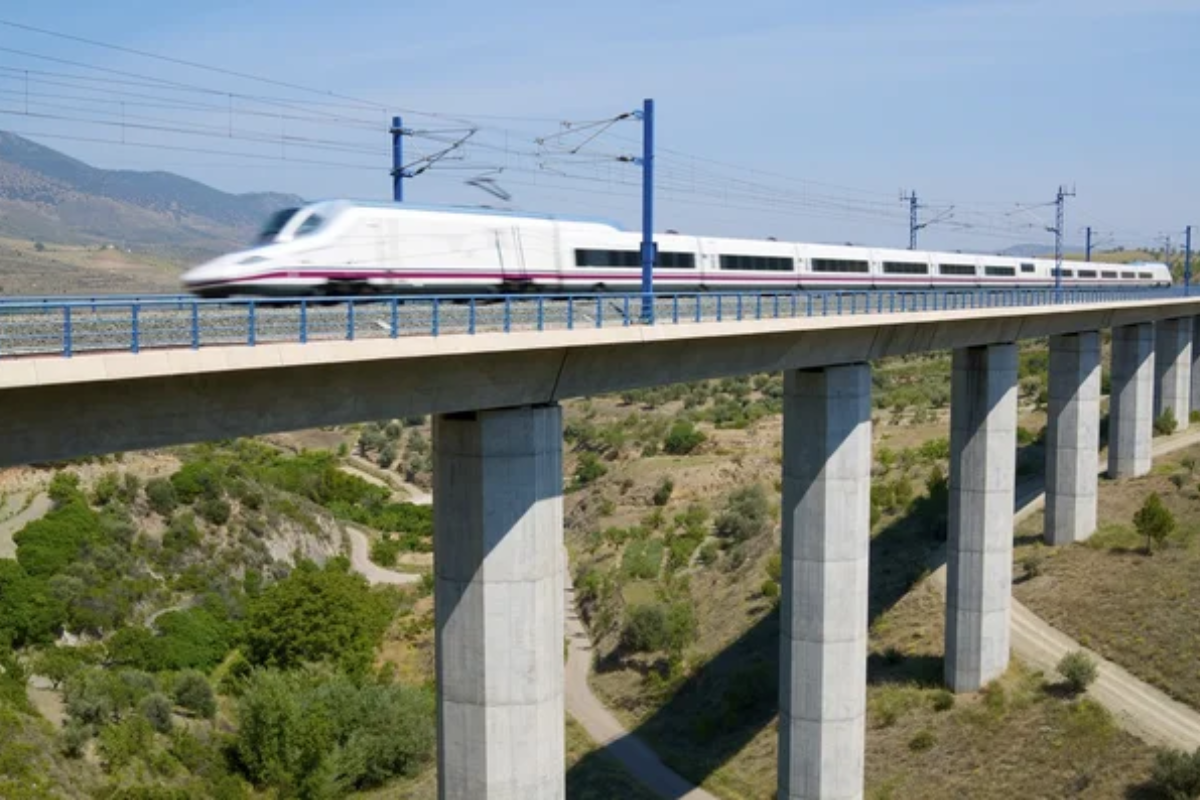
Sweden’s Inlandsbanan traverses the Arctic Circle through pristine wilderness, offering reindeer sightings and midnight sun experiences during summer journeys costing around $260 for a multi-day pass. Spain’s Transcantábrico Gran Lujo charges over $5,000 per person for northern Spanish journeys.
Train movement often occurs at night, with days spent on bus excursions away from the train – essentially paying premium prices for a rolling hotel rather than exceptional rail vistas. The Swedish adventure delivers authentic Arctic experiences, while the Spanish luxury option functions primarily as an accommodation between bus tours.
Qinghai-Tibet Railway (China) vs. Palace on Wheels (India)
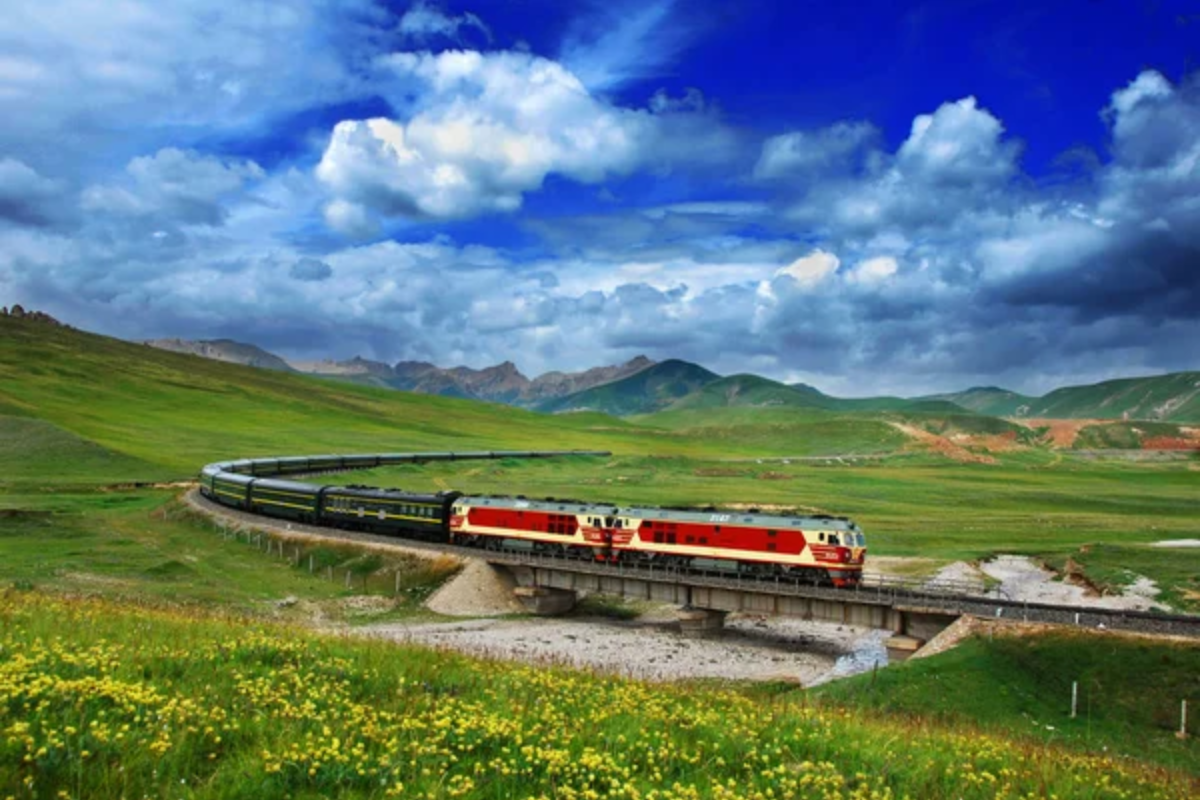
China’s engineering marvel reaches 16,640 feet above sea level, crossing the Tibetan plateau with oxygen-supplemented cars revealing views of snow-capped peaks and remote landscapes for around $300. India’s Palace on Wheels charges approximately $3,000 for weeklong Rajasthan tours, where trains frequently park in maintenance yards rather than scenic locations.
Significant industrial and slum areas are visible along routes between heritage sites. The Tibetan railway delivers unique high-altitude vistas, while the Indian luxury train encounters the visual reality of development along its historic route.
Like Travel Pug’s content? Follow us on MSN.
Flamsbana Railway (Norway) vs. Deccan Odyssey (India)
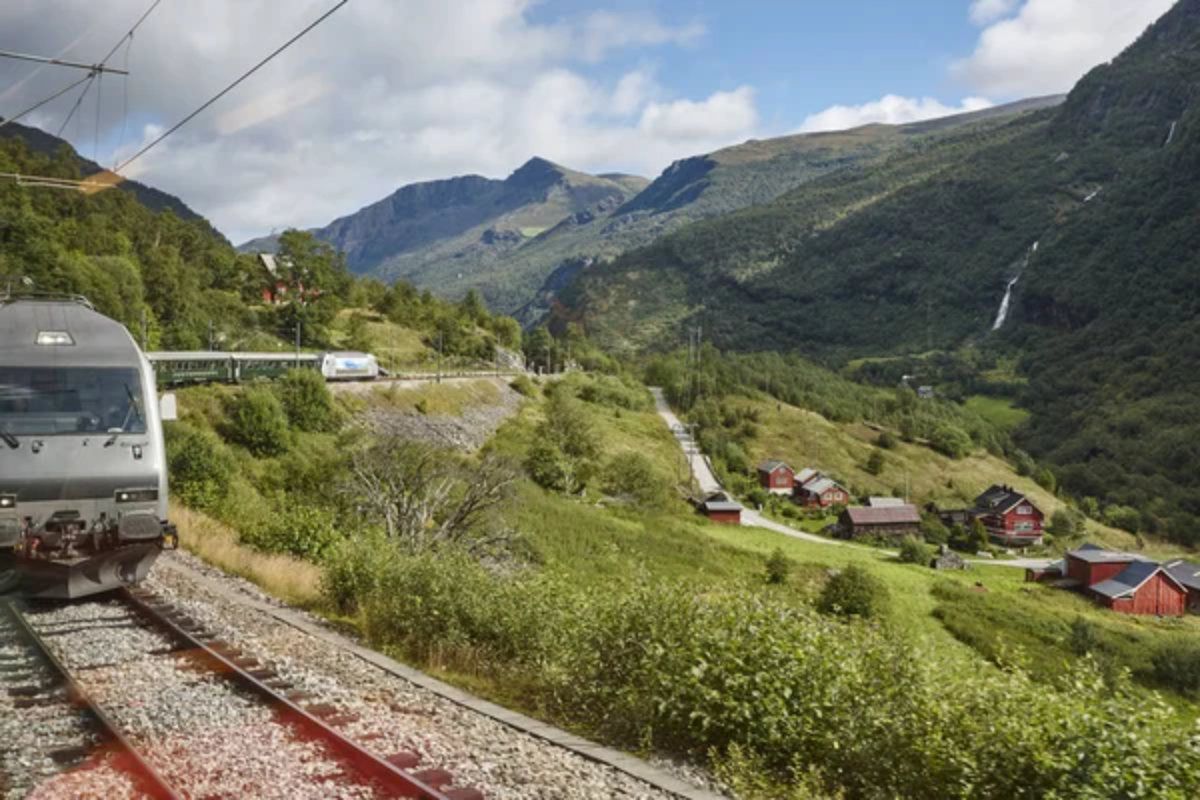
Norway’s stunning Flåm Railway descends nearly 3,000 feet through spectacularly steep valleys alongside cascading waterfalls, delivering consistent natural drama for about $60. The Deccan Odyssey charges upwards of $6,000 for western Indian journeys, and compartment windows often become coated with dust and soot, obscuring views across significant stretches of Maharashtra and Gujarat despite the premium pricing.
The Norwegian engineering feat provides reliable visual splendor, while the Indian luxury train battles environmental conditions that compromise its scenic promise.
West Highland Line (Scotland) vs. Cruise Train Seven Stars (Japan)
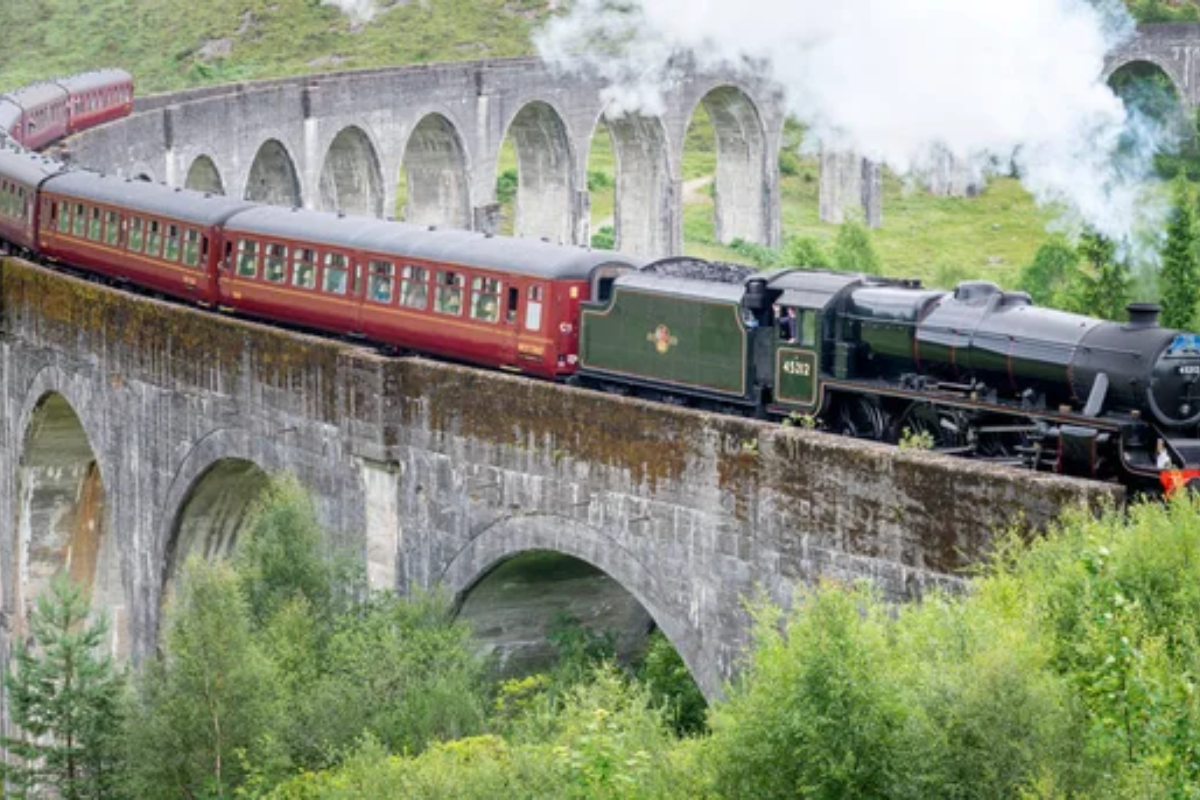
Scotland’s West Highland Line threads through remote glens, alongside mysterious lochs, and across desolate moors for approximately $75 on regular service trains. Japan’s ultra-exclusive Seven Stars cruise train in Kyushu charges over $10,000 for journeys.
The most dramatic mountain and ocean vistas are sometimes bypassed during evening hours or meal times when passengers are focused inward rather than on the passing scenery. The Scottish route offers accessible Highland magic, while the Japanese luxury experience prioritizes onboard amenities over optimal viewing opportunities.
Copper Canyon Railway (Mexico) vs. Maharajas’ Express (India)

Mexico’s Copper Canyon train climbs from sea level to 8,000 feet through canyons deeper and larger than the Grand Canyon, with dramatic elevation changes visible throughout the $180 journey. The Maharajas’ Express charges approximately $5,000 for northern Indian journeys where scenery between major tourist stops often features industrial zones, garbage-strewn outskirts, and plains lacking the dramatic elevation changes suggested by marketing materials.
The Mexican route delivers consistent canyon drama, while the Indian luxury train connects attractions that require leaving the train to appreciate.
Like Travel Pug’s content? Follow us on MSN.
Belgrade-Bar Railway (Montenegro/Serbia) vs. Belmond Royal Scotsman (Scotland)
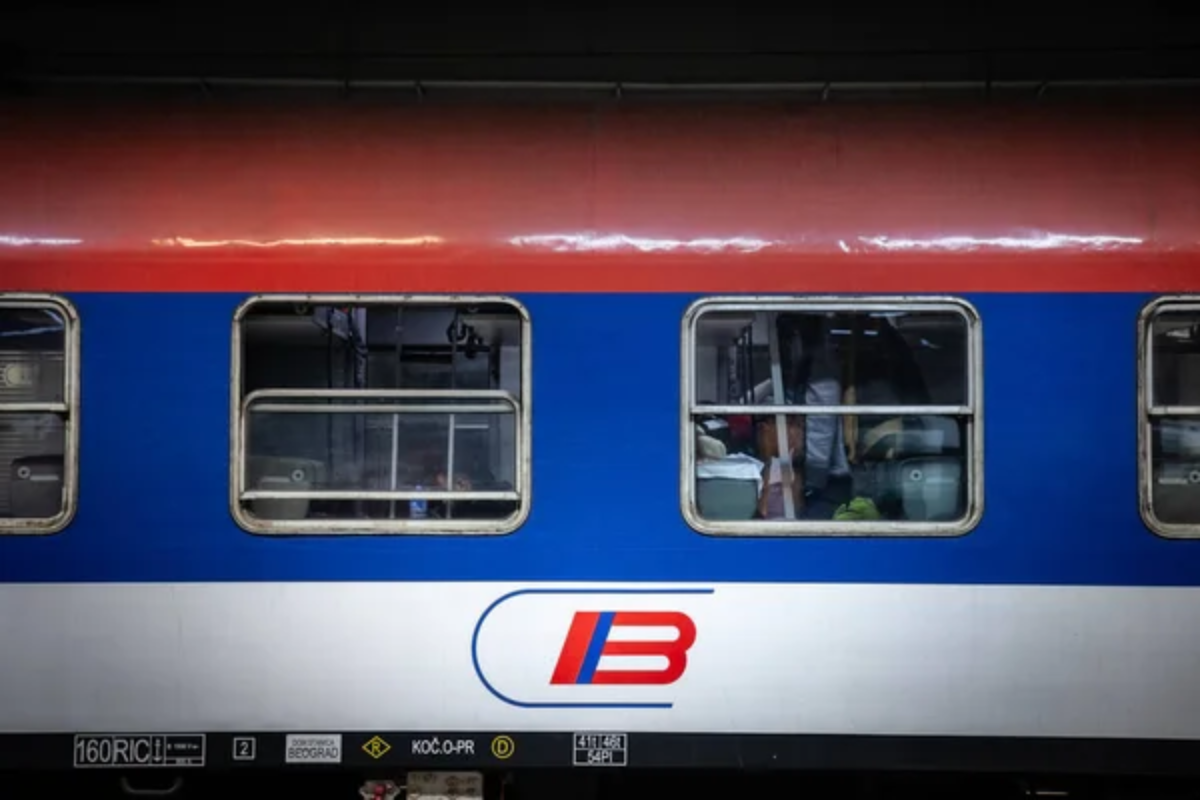
The Belgrade-Bar railway crosses 435 bridges and passes through 254 tunnels with spectacular Balkan mountain views and viaducts over deep canyons, all accessible on regular service trains for under $25. The Belmond Royal Scotsman charges over $5,000 for highland journeys that frequently cover the same routes as regular Scottish trains, with luxury amenities rather than unique scenic access justifying the 100x price difference.
The Balkan journey delivers engineering marvels and mountain drama while the Scottish luxury train repackages publicly accessible routes at premium prices.
Nordland Line (Norway) vs. Grand Trans-Siberian Express (Russia)
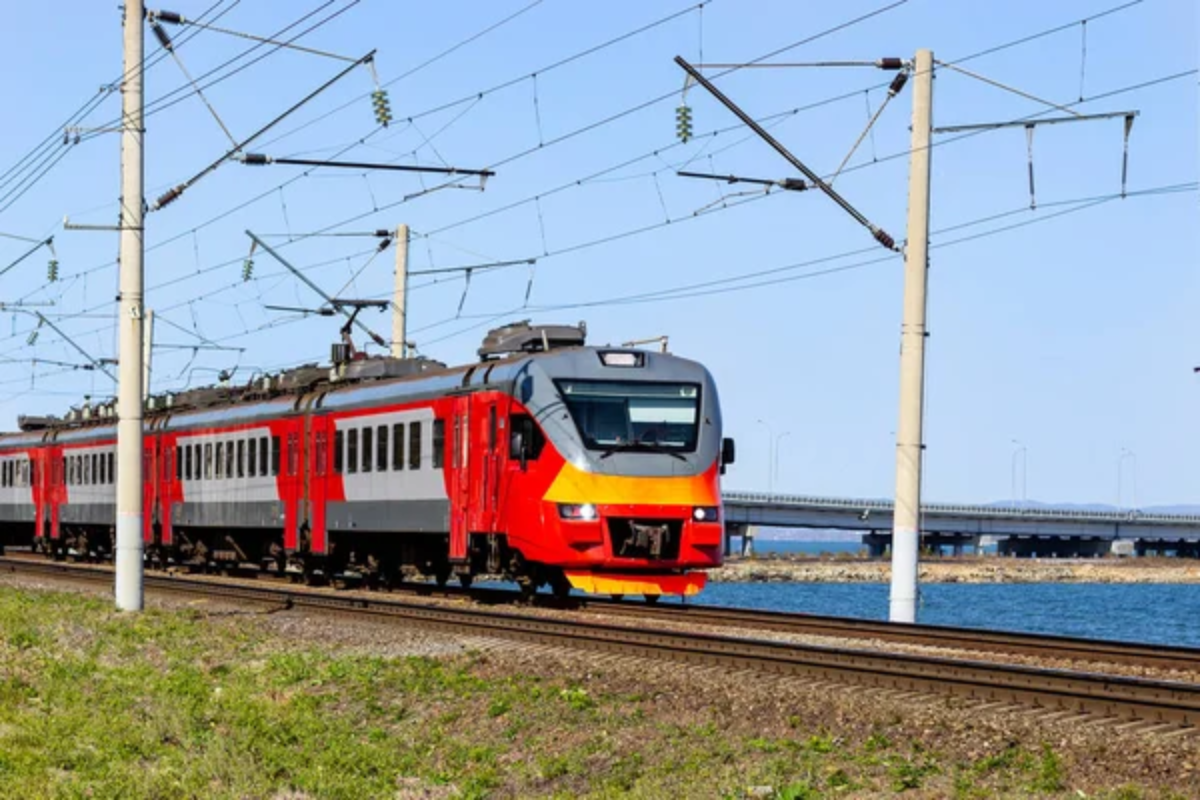
Norway’s Arctic Nordland Line crosses the polar circle with views of fjords, mountains, and northern lights potential during winter journeys costing about $60. Various luxury Trans-Siberian services charge $15,000+ for journeys where passengers spend days crossing flat, repetitive taiga and steppe landscapes, with truly distinctive scenery limited to specific sections around Lake Baikal despite the premium pricing.
The Norwegian Arctic railway delivers diverse northern landscapes, while the Russian luxury experience struggles to maintain scenic interest across its vast distance.
Circum-Baikal Railway (Russia) vs. Maharani of India (India)
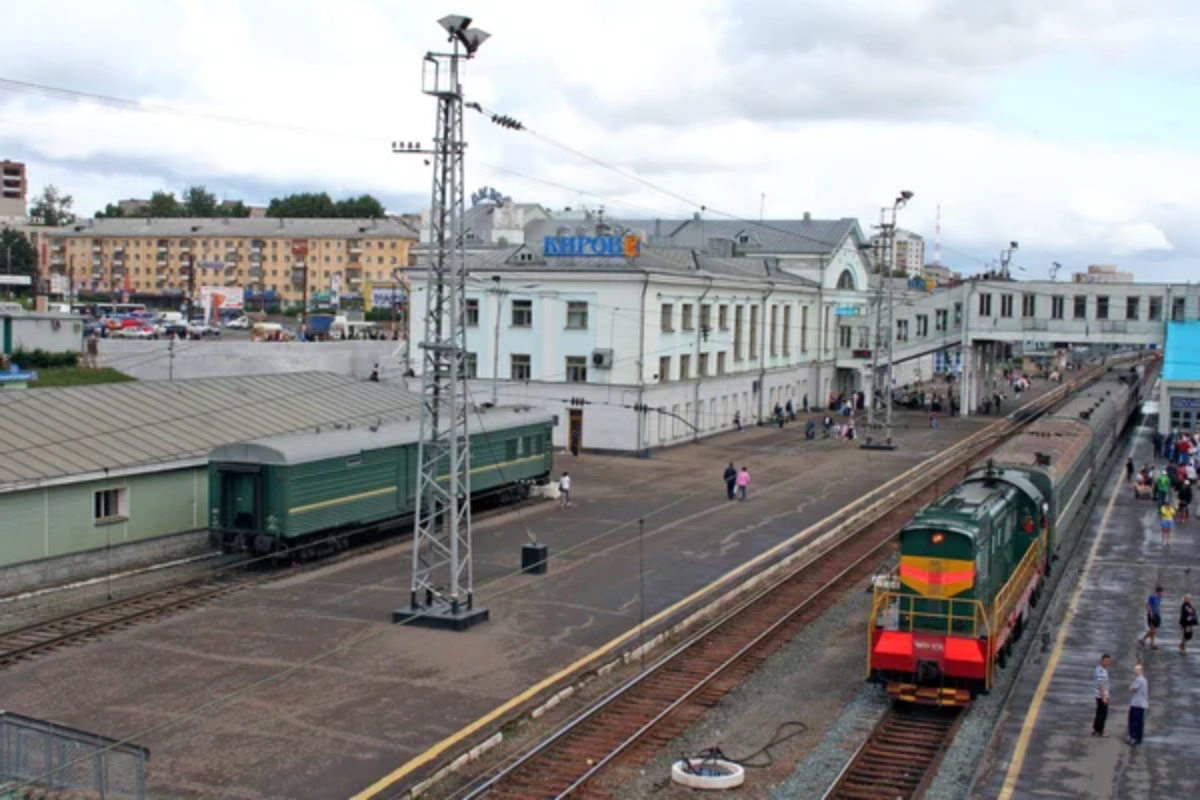
Russia’s Circum-Baikal hugs the crystal-clear shores of Lake Baikal – the world’s deepest lake – passing through 39 tunnels and offering consistent stunning views of the ‘Pearl of Siberia’ for approximately $80. The Maharani of India luxury train (operated under various company names) charges upwards of $8,000 for journeys across northern India, where significant portions traverse crowded urban corridors and industrial zones, with frequent delays that disrupt optimal daylight viewing of the few genuinely scenic stretches.
The Russian lake journey delivers reliable natural beauty while the Indian luxury service struggles with infrastructure limitations that undermine its scenic marketing promises.
Like Travel Pug’s content? Follow us on MSN.
Finding Value in Rail Travel
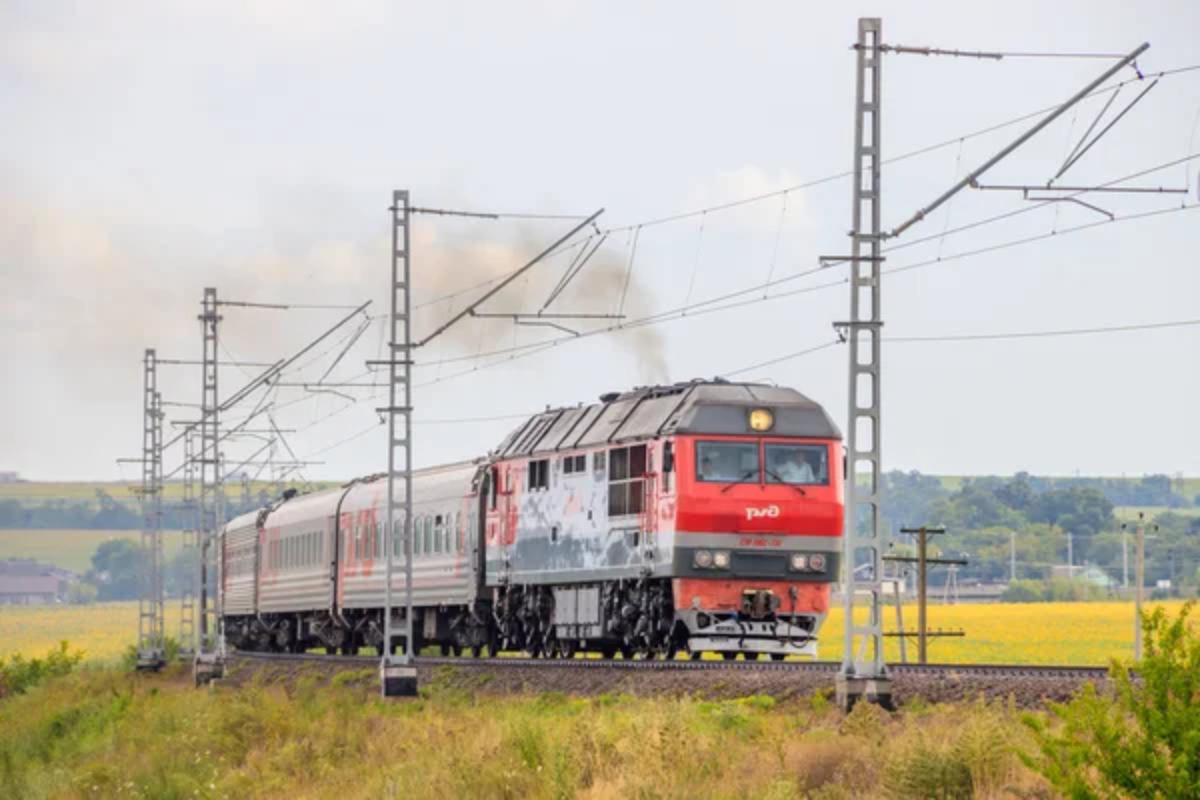
The world’s truly great train journeys combine spectacular natural scenery, engineering marvels, and reasonable pricing – creating experiences where the view outside the window justifies the ticket price. Meanwhile, luxury trains that focus primarily on onboard amenities rather than consistent scenic payoff risk disappointing travelers who expect premium rates to purchase unforgettable landscapes.
The most satisfying rail experiences align ticket costs with visual rewards, whether they involve Swiss precision, Norwegian drama, or New Zealand coastal splendor.
More from Travel Pug

- 20 Destinations That Were Once Thriving but Are Now Quietly Disappearing
- 13 Destinations Where Tourists Regularly Regret Their Trip
- 20 Once-Popular Beach Towns That Are Now Ghostly Empty
- 10 Under-the-Radar Mountain Towns That Are Both Affordable and Beautiful
- Take a ‘Learning Vacation’ in These 20 Extraordinary Places
Like Travel Pug’s content? Follow us on MSN.
